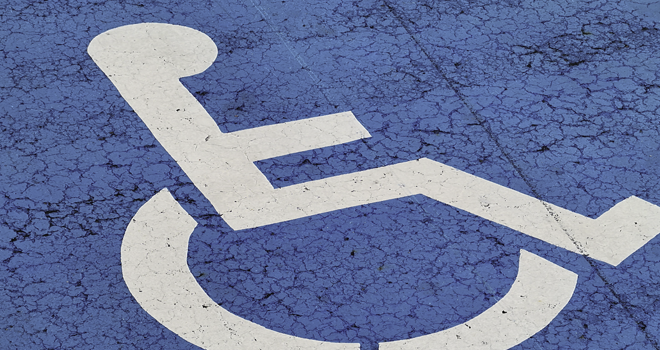Earners under 40 face an average insurance shortfall of around R1.4 million for life cover and R1.5 million for disability. This means the majority of SA’s earners are likely to be significantly underinsured. These are just some of the conclusions of the 2019 ASISA Insurance Gap Study.
Announcing the findings of the 2019 ASISA Life and Disability Insurance Gap Study, Rosemary Lightbody, senior policy adviser at ASISA, says the total insurance gap widened by R5.9 trillion from R28.8 trillion at the end of 2015 to R34.7 trillion at the end of 2018. This means the gap grew by 6.4% a year.
South Africa’s life and disability insurance gap is measured every three years by the Association for Savings and Investment South Africa (ASISA) in partnership with True South Actuaries & Consultants. The insurance gap is defined as the difference between actual risk cover in place and the insurance need of South Africa’s earners and their families. The insurance need is the amount of insurance cover required to meet a household’s financial requirements after a death or disability event, assuming that the aim is to maintain the same standard of living as before the event until retirement age. This excludes immediate expenses related to the risk event such as funeral costs, medical costs, and the cost of adapting a home and car for the needs of a disabled person.
Life cover gap
The study found that the average South African family would have required a life cover pay out of at least R1.6 million in order to maintain their standard of living should an earner die. However, the average South African earner had life cover of only R0.6 million (R600 000), leaving the R1 million gap.
Lightbody points out that the loss of an earner can have devastating financial implications for families if no provision was made for adequate life cover. “Very often this results in significant financial hardship for families in addition to the emotional trauma caused by the loss of a loved one.”
Disability cover gap
The study found that the average South African earner would have had to make provision for disability cover of R2.3 million in 2018 to help his or her family maintain their standard of living in case of disability. The reality is, however, that the average South African earner had disability cover in place of only R1.1 million at the end of 2018, leaving a gap of R1.2 million.
According to Lightbody, the need for disability insurance is higher than for life insurance, because household expenses tend to decrease when a family member dies while disability tends to increase household expenses.
Unfortunately, insurance represents a grudge purchase for many earners as there are no immediate tangible returns for the money spent. Lightbody says this is an even bigger pill to swallow during tough economic times, when every cent matters.
“The sad reality is that the benefit of sacrificing a small portion of your income to protect your family from certain financial hardship should something happen to you only becomes clear once a devastating life event has taken place and you are no longer in a position to fix it.”
According to Lightbody a common excuse for not buying adequate risk cover is the misconception that life insurers do not want to pay. In response she refers to the ASISA 2018 statistics of claims made against fully underwritten individual life policies, which show that 99.3% of all claims received were paid to a total value of more than R15.1 billion. A mere 0.7% of claims against underwritten individual life policies in 2018 were declined, mostly due to non-disclosure.
Financial advisers therefore have a huge role to play. These shortfalls just show the importance of financial planning and the value of financial advice.
Click here to download the ASISA media release that includes tables that break down the life and disability insurance gap per earnings group.



